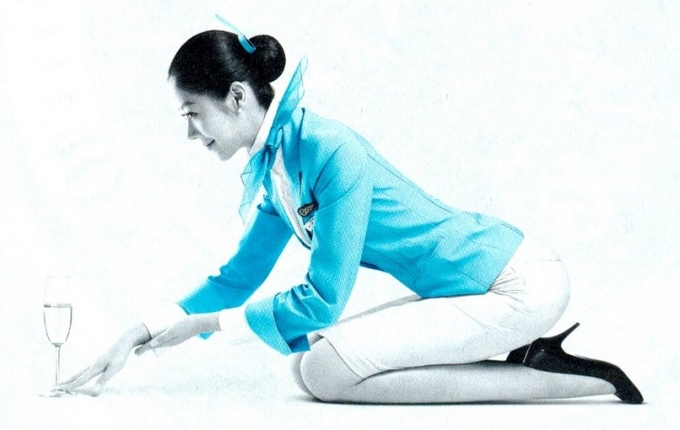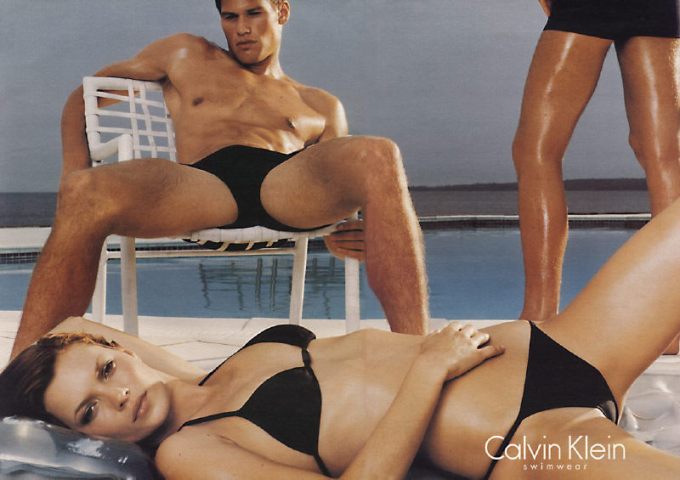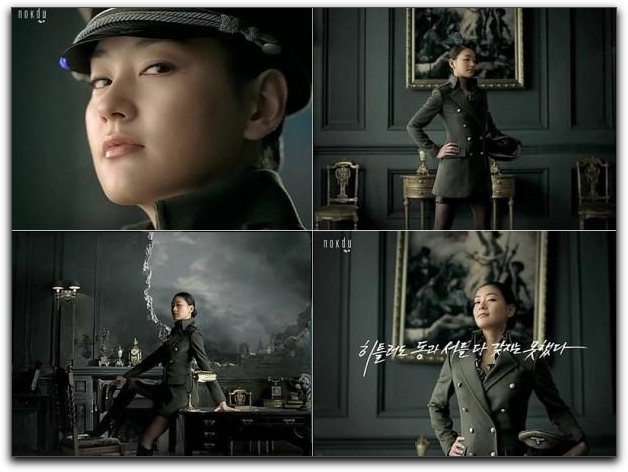안녕하세요.
Annyoung haseyo, readers. It's that time of week again for another update.
A lot of realization went on this past week, though none of it necessarily bad. We learn, we grow, we think new things, feel new things, and change little by little into what is, hopefully, a better, more stable person.
Anyway, to start off:
Seomyeon UndergroundSorry guys, no pictures. My camera battery was out and I was actually afraid to try to plug it in using the voltage converter I brought from the states. The last few times I've tried to use that converter it's gotten so hot that I could smell burning plastic. I didn't exactly have good feelings with the thought that my camera battery might overload and explode. Dramatic? Hardly! There's already black burn residue on the bed outlet from the last overload incident (previous tenant).
Anyway. Seomyeon Underground is, of course, located in Seomyeon, Busan. It's one of the hub stops on the orange line, so it should be plenty easy to find your way there.
When coming off the line you can go one of two directions, left or right (how simple is that?). One way will take you into the Lotte Department store and the other will take you into the Underground Mall.
LOTTE DEPARTMENT STOREThe Lotte Department store is on par with Centum City in Shinsegae. What I mean by that is... it's expensive. Plenty of sales racks boasting items that go for 150,000₩ at half price. If that's not your style, then steer clear. Unless of course you just want to look around. OR, you're craving some delectable sweets. Entrance floor of Lotte Department Store can definitely help you with that.
I'm afraid I can't give you much information on this department store beyond that. I went in, went up a couple of floors, then came back down and went out.
Seomyeon Underground MallCute clothes, shoes, and accessories PLUS major discounts. Yeah, that's my kind of place.
There are quite a few stores in SUM, and depending on your taste it's hit or miss. I can't say much about the mens clothing stores because I hardly noticed them (as I'm not male). So guys, good luck.
There are plenty of shops catering to female fashion, and there's plenty of variety. So girls, have a fun time! The only thing I caution about... some of the little shops don't put prices on their clothes. When you find something you like, you have to ask about the price. This can be pretty nerve wracking for someone who doesn't know Korean. ALSO these shops tend to be more expensive than the others. You'll find that most things are well over 40,000₩, so if you're a budget shopper then either steer clear or know how to say "Thanks, but no thanks" after looking.
Korean Customer ServiceIn America Customer Service in clothing stores is kind of 'hands off'. Sales Associates greet you, ask you what you need, and then let you roam freely to do your thing. You only get followed if the Sales Associate thinks you're a shop lifter.
In Korea, I've noticed, Sales Associates like to follow you around the store and stand very close to you. They make comments about the choices you make, and then pull more stuff down for you to try on. For some this can feel a little awkward. Mandatory shopping buddy. The awkwardness might make you feel embarrassed about saying "No, thanks. I don't want it." If you can't do that, you're going to end up buying stuff you A.) don't want, or B.) didn't want to spend that much money on.
I'm not bashing Korean customer service techniques. Those techniques are remarkably effective and I like knowing that I won't have to stand there and look helpless before someone will come over and help me out. But, I also have a tendency to feel obligated to purchase something when the store owner/associates have been so helpful. Slowly, very slowly, I'm learning how to say "Thank you" and then leave.
No one is going to throw anything at you. There won't be any tears or hard feelings if you come in, look around, and then leave without buying anything. So GO. See! Explore!
Warning: No dressing rooms. I repeat: No dressing rooms. Girls, you're going to have to learn to be an amazing judge of size. Luckily, a lot of fashion (mostly tops) run fairly large as large is currently the popular style here. Long, oversized shirts and sweaters paired with some skinny jeans or cute tights and a great pair of shoes is a great fashion choice, day or night.

This is the first article of clothing that I've bought since I've been here. I was worried that I wouldn't be able to find anything to fit me, but the shop associate took one look at me and pulled out the correct size. Thank you shop associate.

A 'no big deal' simple hooded zipper sweater is perfect for dressing down but looking cute. Pair it with everything from a t-shirt to a frilly tank. I'm not short, but I'm not exactly tall either. I've got a short torso and hardly any waist, so long pocketed sweaters like this with a band at the bottom make me look a little more balanced, longer waisted... and, well, 'waisted' in general.
Another thing I love about the fashion here? The English.

I'm from the American South, and there's no way I'd be able to find any kind of T-shirt with this on the front of it that wasn't cropped or meant to form fit like a second skin. This top is 'girly tomboy' all the way. Here's to all the Super Honey gals who don't need a dress or a tight fitting top to show the world that they're sassy, cute, and totally worth the second glance.


Though I'm not entirely sure who this Frankie character is, though he sounds a lot like an Italian mobster, I feel that it's better to do what Frankie says... which isn't difficult to accomplish in this baggy top that's all about comfort. Mission accomplished Frankie.
This last purchase is quite a bit different from the others. A.) It was more expensive. I splurged just for the heck of it. B.) You can't exactly wear this style out to the park. Or at least, I wouldn't.

Not the best picture in the world, by any means... but you get the idea. This zippered vest dress, compliments of Seomyeon Underground, is perfect for a night, or day, out on the town. The billowed bottom coupled with the zippered layers sets the perfect stage for those legging clad legs to shine. Zip up to the neck to add a bit of intensity to the look, or keep it open and breezy with a layered top and the zipper to collar bone.
Unfortunately, I wasn't observant enough to catch the name of the stores that I purchased these things from. I'll get the names and update later. The first two items were bought at LOTTE Mart so they're not exactly difficult finds. For some reason I've heard a lot of people talk poorly of Lotte clothes. Why? They're cute and well made, nothing like Wal-mart clothes back home. No shame in shopping at Lotte Mart for your clothes.
NEXT ORDER OF BUSINESS: APARTMENT PROGRESSNow, I'm no Nina Campbell, but I feel like I've succeeded just a bit in turning my 'hospital/dorm room' looking apartment into a warm, comfortable place to be.
BEFORE:

No curtains, no wallpaper, no warmth, no style.
AFTER:

Might not be to everyones liking, but it's certainly to mine. Amazing what some curtains and wall-stickers can do. Currently in the process of wallpapering the right wall. Not sure if I want to do the whole room. One wall might be all that it needs... or all that I can take. Wallpapering is NOT easy. Kudos to Mom for wallpapering and painting all of the rooms in the house. I never knew what you endured...
Well. That's all for this week's blog update.
Nothing thought provoking or deep this go'round, sorry. I leave that sort of thing to the Autumnal Butterfly. I plan on starting to post there again soon. So keep a look out.
Have a great week, everyone.
Your blog host,
~Auggie Teacher


 © Chris Backe - 2010
© Chris Backe - 2010


 RSS Feed
RSS Feed

























Recent comments